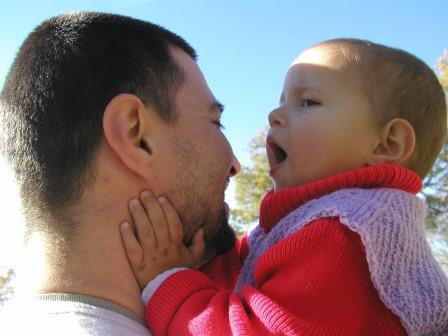Is gene therapy a cure for haemophilia?
In many cases successful gene therapy means that a person with severe haemophilia now has mild haemophilia, although a small number now have normal factor levels.
It is not yet known how long this effect will last or whether there are any long-term negative effects and trial participants will need to be followed up for many years. Currently it is not possible to deliver a second dose or booster for the same gene therapy, but this may be possible in the future.
Gene therapy cannot remove the joint and muscle damage a person with haemophilia has already developed over their lifetime. However, some people who have had successful gene therapy talk of no longer having the ‘little niggles’ that could be minor bleeds. Researchers are also investigating the long-term impact of stable factor levels – will they, for example, improve target joints?
If a person with haemophilia has a bleed after successful gene therapy, they may still need factor replacement therapy to treat their bleed.
Who can have gene therapy for haemophilia?
Gene therapy for haemophilia is only available in clinical trials and trial participants are selected carefully.
Australian clinical trials currently require that you are an adult male with severe haemophilia
They may also have other requirements, for example, that you have had factor replacement therapy before, or that you have good liver and kidney health, or that you do not have ‘active’ blood borne virus infections.
Most clinical trials also require that you do not have inhibitors, but at least one new trial internationally is studying gene therapy in people with inhibitors.
Most clinical trials also exclude people with pre-existing immunity to AAV, but some new studies are now including people with low level AAV immunity to investigate whether new approaches to the treatment, such as altering the dose or changes to the vector, can manage the immune response.
Each clinical trial will also have its own specific requirements.
Clinical trials are not available at all hospitals. If you want to know about clinical trials at your hospital or others, speak to your treating doctor, and ask about the criteria to see if you might be a suitable candidate.
Can children have gene therapy?
At present gene therapy clinical trials are only for adults. This is for several reasons but mainly because of safety. Researchers need to understand the long-term impact of gene therapy in adults before it is given to children, as the effect could last for their entire lives. Children are not old enough to give informed consent themselves and their parents would need to make the decision, and this may not be the same decision the child would make later when they are an adult. Children are also at earlier stage of development and some processes, like the immune response or how proteins are produced, may be accelerated or different in a child.
However, the question of gene therapy in children is high on the agenda for researchers. Childhood is a time when there is a lot of physical activity and growth and children have a lot to gain from potentially normalising their factor levels with gene therapy. It is likely that at some stage in the future clinical trials involving children will be developed and become available.
What is the difference between gene therapy for haemophilia A and for haemophilia B?
A challenge for AAV vector gene therapy for haemophilia A has been that the factor VIII gene mutation is large and it has been difficult to pack it inside the virus shell (capsid) used to deliver gene therapy. As a result, researchers have cut down the factor VIII gene sequence, only leaving the necessary parts, so that it can fit inside.
Can my children still inherit haemophilia from me after I have gene therapy?

Yes. AAV vector gene therapy for haemophilia only affects the person receiving the gene therapy. It transfers the new functioning section of DNA into the nucleus of a liver cell. The DNA is not integrated into a chromosome and the liver cell is non-reproductive, ie, it does not produce eggs or sperm, so the effects of the gene therapy will not be passed on to your children. This is called somatic gene therapy.
Germline gene therapy can alter many types of cells, but it also transfers the new functioning section of DNA to reproductive cells, like sperm and eggs. The effects of germline gene therapy are passed from parent to child and down the generations. Germline gene therapy is controversial because of the risks to future generations and safety concerns.
What kinds of gene therapy are in the pipeline?
Gene therapy technologies are evolving rapidly, with many different clinical trials to test new technologies for health conditions. Some of these technologies are now also being tested in haemophilia.
This includes gene editing techniques, such as the zinc finger nucleases or the CRISPR-Cas9 system that work like molecular scissors to cut the DNA at a particular location so that a gene mutation can be repaired. These are experimental and need to be tested carefully in the laboratory first for safety – to make sure they only ‘edit’ the exact part of the DNA, can make the repair effectively and do not affect other parts of the DNA. Some of these techniques are now being tested in the laboratory for haemophilia. At least one has now commenced a clinical trial in humans.
